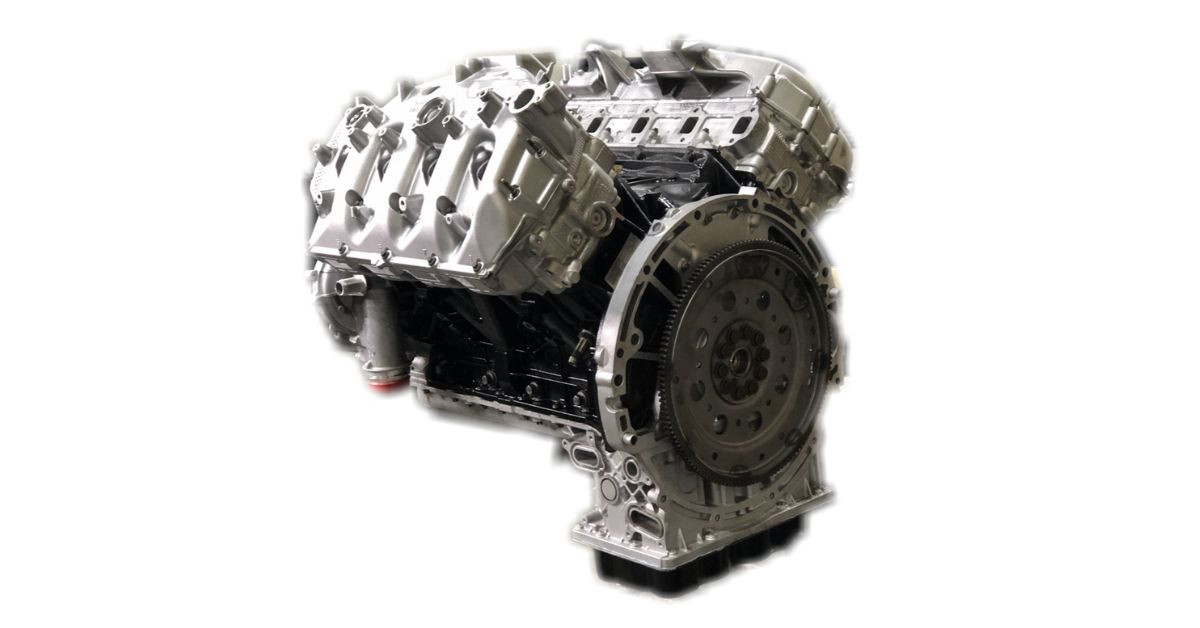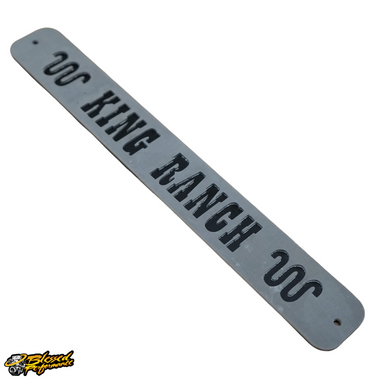How To Diagnose a Powerstroke No-Start Issue
Estimated 0 min read
Own a diesel vehicle with a Powerstroke engine? Then, you already know about the satisfying level of power, efficiency, and torque it offers. But you can’t enjoy any of these perks if it refuses to start. When confronted with a non-starting engine, you probably figure it just needs a jump. Nine times out of 10, that’s the problem. What about the other times?
Don’t get frustrated! This comprehensive guide will show you how to diagnose a Powerstroke no-start issue. Whether you own a 7.3L, 6.0L, or the newest 6.7L variant, understanding the common reasons for not starting is the first step toward addressing and repairing the engine. Let’s proceed by looking under the hood and getting a better grasp on the Powerstroke.
Powerstroke Engines: The Basics
Before troubleshooting, let’s review the basic workings of a Powerstroke engine. A Powerstroke is a turbocharged, direct-injection diesel engine produced by Ford and renowned for its power and reliability. Key components include the fuel injection system, glow plugs, high-pressure oil pump (HPOP), and turbocharger. Each part plays a vital role in starting and running the engine, so familiarizing yourself with these components helps you diagnose issues as they arise.
Common Causes of No-Start Issues
Several things could cause an engine to not start. Here are a few of the most common culprits:
Fuel System Problems
Air in the fuel lines, clogged fuel filters, or a faulty fuel pump can prevent the engine from receiving the necessary fuel to start. Regular inspection and maintenance of the fuel system keep this problem from occurring.
Electrical Failures
Sometimes, an engine needs more than a jump. Dead batteries, loose wires, corroded leads, or a faulty starter hamper the delivery of electrical power needed to crank the engine. Again, inspections and regular cleaning aid in preventing non-starts due to these issues.
Glow Plug Malfunctions
Do your glow plugs need a glow-up? In very cold weather, faulty glow plugs can prevent the engine from starting by failing to provide the necessary heat for combustion.
Injector Control Pressure (ICP) Issues
A poorly operating ICP prevents the injectors from opening, leading to a no-start condition.
Step-by-Step Diagnosis
Now that you have a better idea of the inner workings of your engine and typical troubles when it comes to non-starting, employ the following troubleshooting techniques.
Step 1: Check the Basics
It might seem obvious, but check if the engine is out of fuel or juice. Ensure the fuel tank is not empty and that the batteries are fully charged. A simple oversight here may cause a big headache.
Step 2: Inspect the Fuel System
Coming back to the fuel system, give it a thorough inspection. Check the fuel lines, filters, and pump for visible damage or clogs. Prime the system to eliminate air pockets, and replace any filters if needed.
Step 3: Test the Electrical System
You’ve ensured the battery is fully charged—now what about the rest of the vehicles “nervous system”? Inspect the terminals for corrosion and ensure all connections are fixed and secure. Use a multimeter to test the battery voltage and the starter’s operation. If your vehicle can’t get power, the only place it’s going is nowhere.
Step 4: Evaluate the Glow Plugs
If you’re experiencing a no-start issue in cold temperatures, test the glow plugs. Using a test light, verify that each plug is receiving power. Then, replace any faulty ones.
Step 5: Check the ICP Sensor
Inspect the injection control pressure (ICP) sensor for any signs of wear or damage. Using a diagnostic tool, measure the ICP levels and ensure they meet the manufacturer’s specifications.
Step 6: Inspect the Turbocharger
A malfunctioning turbocharger may lead to no-start conditions. Inspect the turbocharger for obvious signs of damage, such as cracks or excessive oil accumulation. Ensure the actuator is functioning and that the vanes are not stuck. A faulty turbo disrupts the airflow necessary for combustion. Address any turbocharger issues immediately by consulting a professional mechanic or replacing damaged components.
What To Do in the Meantime
Conducting or scheduling regular inspections and maintenance for your vehicle may help you catch non-start problems before they worsen. Checking the fuel and electrical systems, replacing glow plugs, and keeping an eye on oil levels prevent many other common engine problems besides the inability to start.
Give the fuel a little help with additives. Regular use of quality fuel additives keeps a Powerstroke fuel system clean. Additives clean injectors from within, preventing gelling in cold weather and improving lubrication. It’s important to choose an additive that’s compatible with your engine’s needs. Also, follow the manufacturer’s guidance on proper usage to enhance engine performance. Read up before dropping anything in the fuel tank!
Advanced Diagnostic Tools and Techniques
Have you addressed all the basics, and yet the vehicle refuses to start up and go? Advanced diagnostic tools are invaluable for more complex issues, though you’ll likely have to order them. Code readers and scanners can identify error codes related to the fuel injection system, sensors, and other vital components. Familiarize yourself with these tools to gain deeper insights into your engine’s health and functionality. And if that doesn’t work…
Seek Professional Help
While you can resolve many no-start issues with these troubleshooting tips and a bit of elbow grease, some problems require professional intervention. If you’ve exhausted all your options and your Powerstroke still refuses to start, contact your mechanic and set up an appointment. They possess the expertise and specialized equipment to diagnose and fix intricate issues that you might not be able to in your driveway or garage.
Upgrading and Replacing
Want to enhance your Powerstroke’s impressive abilities? Consider upgrading with new parts and equipment. Contact Blessed Performance for a consultation and suggestions on parts and equipment that enhance your vehicle’s performance. If all hope is lost, however, and your engine has given up the ghost, you can find a brand-new 6.7 Powerstroke engine for sale on our website. A new engine will continue to deliver since it has been meticulously tested for quality and performance.
Now you know how to diagnose a Powerstroke no-start issue. By following the steps outlined in this guide, you’ll be better equipped to tackle these frustrating moments and get back to the open road!










